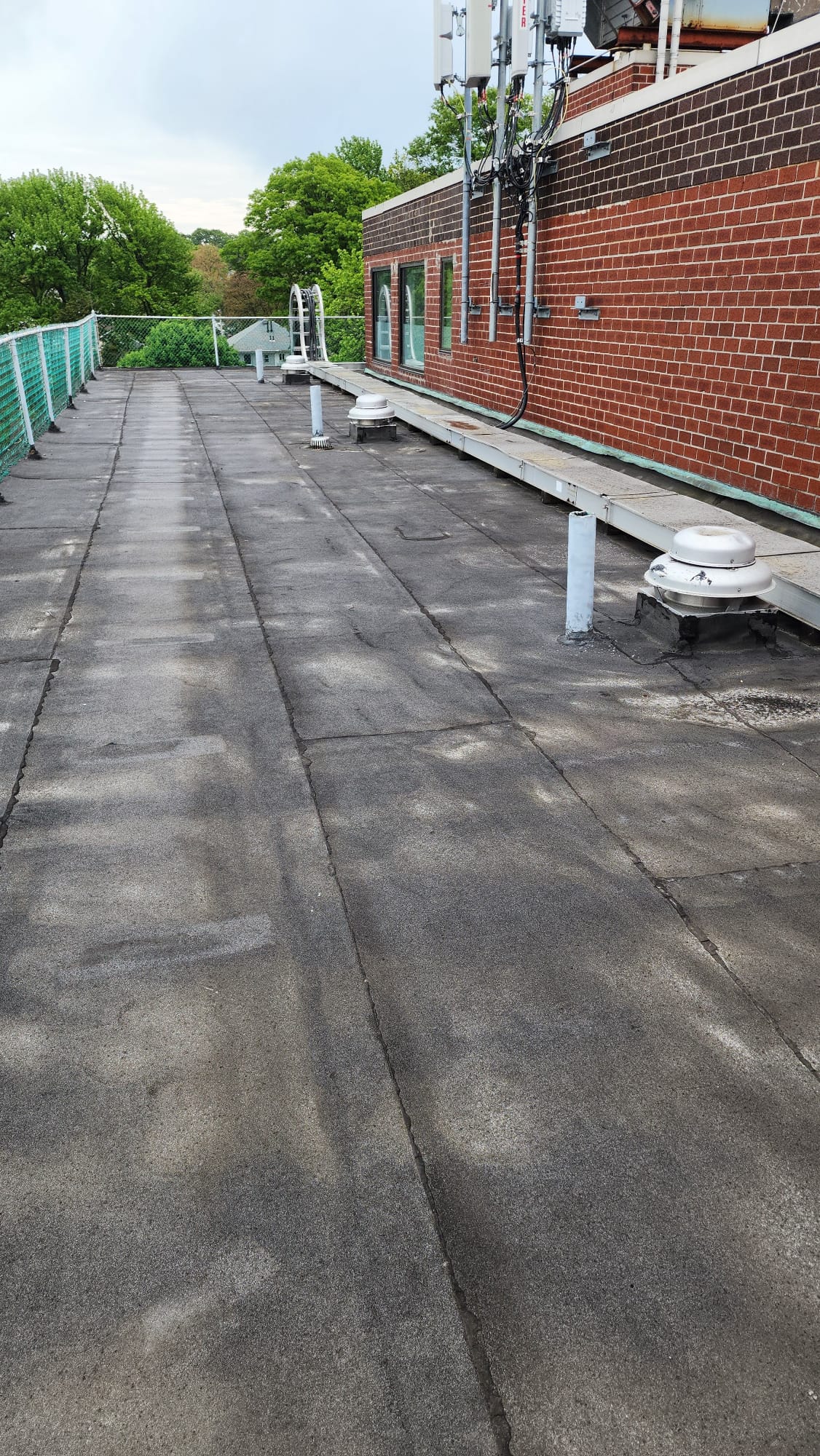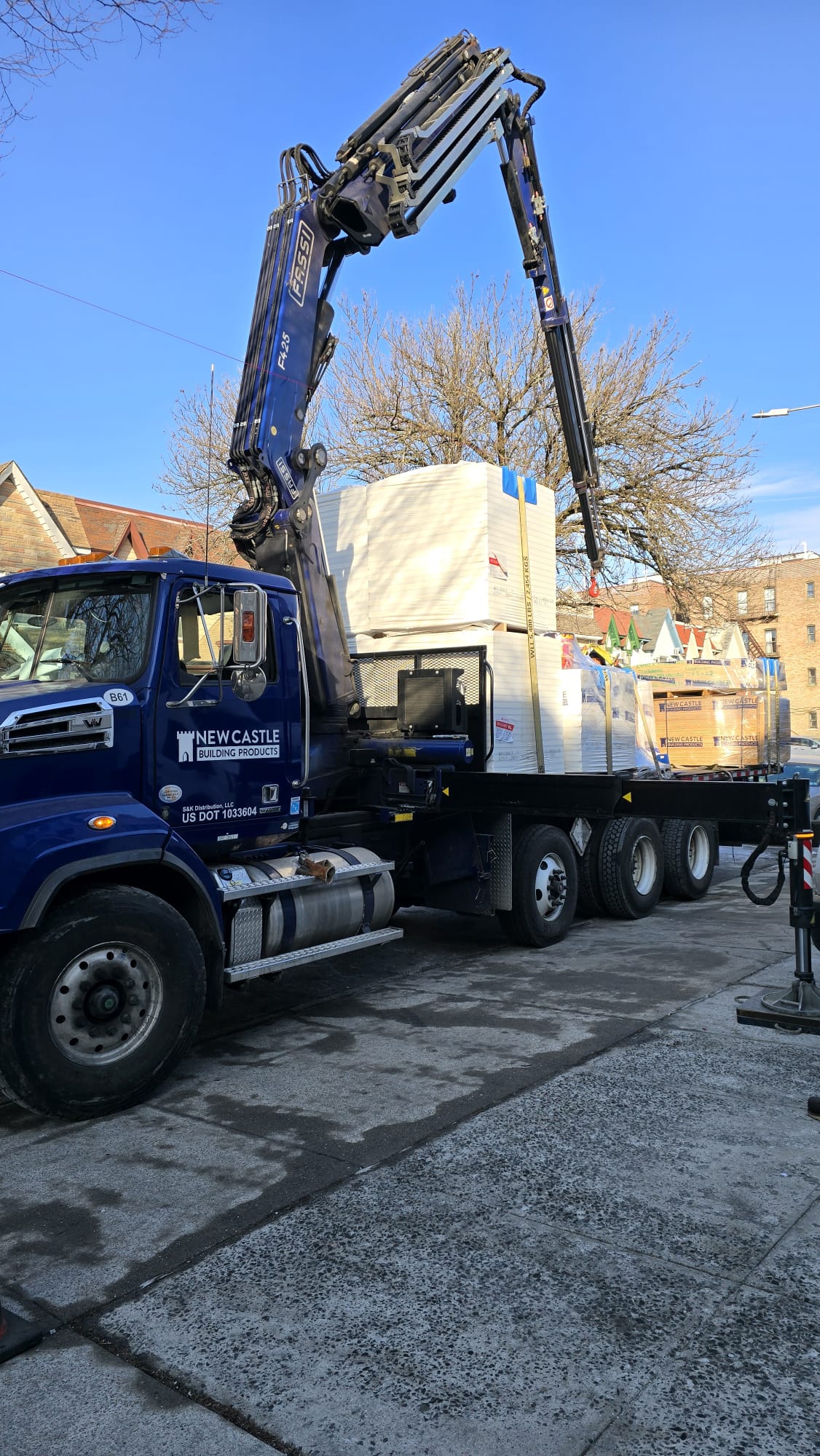7 Signs You Need a New Roof in NYC
Your roof is your first line of defense against NYC's harsh weather. But how do you know when repairs won't cut it anymore? After 15 years serving New York property owners, we've identified the definitive warning signs that indicate it's time for a full roof replacement—not just another patch job.

🚨 The Bottom Line
If you're experiencing 2 or more of these signs, it's time to seriously consider replacement. Delaying can lead to structural damage, mold growth, and costs that far exceed a planned replacement.
Sign #1: Your Roof is Approaching (or Past) Its Life Expectancy
Every roofing material has a finite lifespan, and NYC's climate can accelerate aging:
Average Roof Lifespans in NYC:
- 3-Tab Asphalt Shingles: 15-20 years
- Architectural Shingles: 20-30 years
- Wood Shingles: 20-25 years
- Metal Roofing: 40-70 years
- Slate: 75-100+ years
- TPO/EPDM (Flat): 20-30 years
- Modified Bitumen: 20-30 years
⚡ NYC Factors That Accelerate Aging:
- Freeze-thaw cycles (30-40 annually)
- Salt air exposure (coastal properties)
- Urban heat island effect
- Acid rain from pollution
- Hurricane and nor'easter damage
Sign #2: Shingles Are Curling, Cracking, or Missing
Shingle deterioration is often the most visible sign of a failing roof:
Curling
Edges turn upward (cupping) or center humps up (clawing). Indicates moisture damage or age.
Cracking
Visible splits in shingles from thermal expansion/contraction. Common after 15+ years.
Missing
Bare spots expose underlayment. Even a few missing shingles can cascade into major damage.
The 20% Rule: If more than 20% of your shingles show these signs, replacement is more cost-effective than repairs.
Sign #3: Granules Filling Your Gutters
Those sand-like granules on asphalt shingles aren't just decorative—they're your roof's UV protection:
Granule Loss Timeline:
- Years 1-5: Minor granule loss is normal
- Years 5-10: Steady loss, monitor annually
- Years 10-15: Accelerated loss, bald spots appear
- Years 15+: Extensive loss, shingles become brittle
Check your gutters after rain: A handful of granules is normal, a bucketful means trouble.
Sign #4: Daylight Through the Roof Boards
This is a critical red flag that demands immediate attention:
Attic Inspection Checklist:
- ☐ Turn off attic lights and look for daylight penetration
- ☐ Check for water stains on rafters
- ☐ Feel for soft, spongy decking
- ☐ Look for mold or mildew growth
- ☐ Notice any sagging between rafters
If you see daylight, water is getting in. This requires immediate professional assessment.
Sign #5: Sagging Roof Deck
A sagging roofline isn't just unsightly—it's structurally dangerous:
Common Causes:
- Long-term water damage
- Inadequate structural support
- Snow load damage
- Foundation settling
- Termite damage
Visual Check:
- Stand across the street
- Look for dips or waves
- Check ridge line straightness
- Note any visible bowing
- Compare to neighbors' rooflines
Warning: Sagging indicates potential structural failure. Do not delay—this can lead to catastrophic collapse, especially under snow load.
Sign #6: Rising Energy Bills
Your roof plays a crucial role in your home's energy efficiency:
Energy Cost Indicators:
*Compared to same period previous year, adjusted for rate changes
How Failing Roofs Waste Energy:
- Compromised insulation from moisture
- Air leaks through damaged areas
- Loss of reflective properties
- Ventilation system disruption
Sign #7: Neighbors Are Replacing Their Roofs
If your home was built around the same time as your neighbors', pay attention:
NYC Neighborhood Patterns:
- Brooklyn Brownstones (1880s-1920s): Often need slate restoration/replacement
- Queens Post-War Homes (1940s-1960s): Original roofs long overdue
- Staten Island Developments (1970s-1990s): Approaching second replacement cycle
- Recent Construction (2000s+): May need first replacement soon
The Cost of Waiting: Real NYC Examples
Case 1: Brooklyn Row House
Delayed replacement by 2 years after first signs
- • Initial quote: $8,000
- • Water damage repairs: $4,500
- • Mold remediation: $3,000
- • Final roof replacement: $9,500
- • Total cost: $17,000 (113% more)
Case 2: Queens Commercial Building
Ignored sagging for 6 months
- • Initial quote: $25,000
- • Structural repairs: $15,000
- • Business interruption: $8,000
- • Emergency replacement: $32,000
- • Total cost: $55,000 (120% more)
Your Next Steps: The Replacement Decision Tree
Quick Assessment Guide:
0-1 Signs Present:
Schedule annual inspection, budget for future replacement
2-3 Signs Present:
Get professional assessment within 30 days, prepare for likely replacement
4-5 Signs Present:
Schedule immediate inspection, plan for replacement this season
6-7 Signs Present:
Emergency situation - call professional immediately, temporary measures may be needed
Planning Your Roof Replacement
Best Times for NYC Roof Replacement:
- Spring (April-May): Ideal weather, contractors less busy
- Early Summer (June-July): Dry conditions, before peak heat
- Fall (September-October): Cooler temps, before winter
- Avoid: Winter (unless emergency), August (extreme heat)
Budgeting for Replacement:
- Financing Options: Many contractors offer 0% for 12-18 months
- Insurance Coverage: Storm damage may be covered
- Tax Credits: Energy-efficient materials may qualify
- NYC Programs: Check for weatherization assistance
- ROI: New roof adds 60-70% of cost to home value
Don't Risk Your Property—Get a Professional Assessment
If you've identified any of these warning signs, it's time for an expert evaluation. Our certified inspectors will provide a detailed assessment and honest recommendations—whether that's repairs or replacement.
Common Questions About Roof Replacement
How long does roof replacement take?
Most residential roofs in NYC take 1-3 days, depending on size and complexity. Commercial projects may take 1-2 weeks.
Can I stay home during replacement?
Yes, but expect noise and vibrations. We recommend planning daytime activities, especially for children and pets.
Will my insurance cover replacement?
Storm damage is typically covered. Age-related wear is usually not. We help with documentation for claims.


